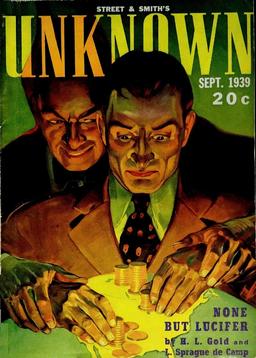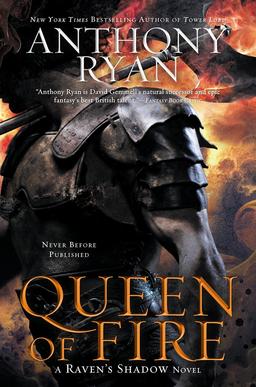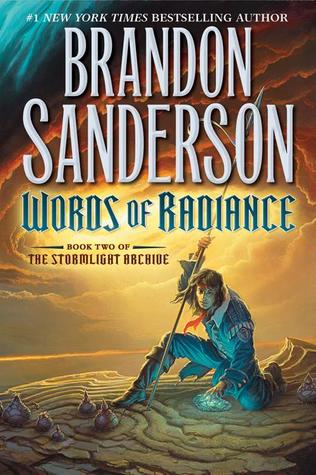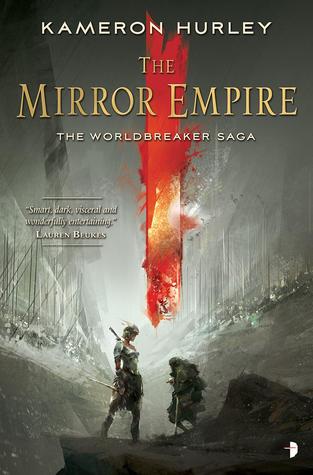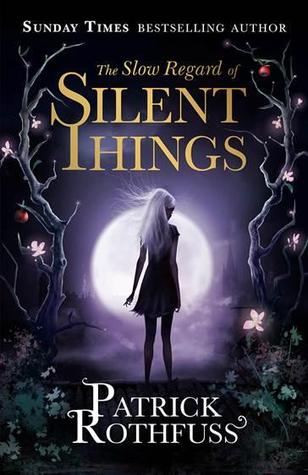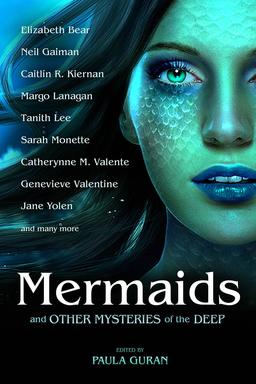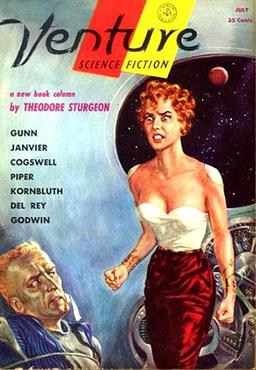R.A. MacAvoy’s The Book of Kells
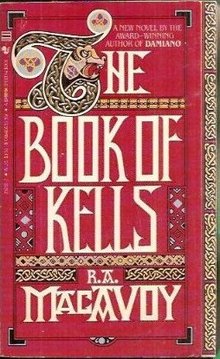 Lately I’ve been exploring portal fantasies, and last time I talked about Charles de Lint’s The Little Country. This week I’d like to take a look at R.A. MacAvoy’s The Book of Kells.
Lately I’ve been exploring portal fantasies, and last time I talked about Charles de Lint’s The Little Country. This week I’d like to take a look at R.A. MacAvoy’s The Book of Kells.
John Thornburn is a Canadian artist living and teaching in Dublin. He’s a bit of a klutz socially and emotionally, and has a tendency to focus on his work to the exclusion of everything else. His friend and sometime lover Derval O’Keane is an academic historian. The story begins when a young, injured girl suddenly appears in John’s bathroom, having come through a portal he inadvertently opened while working on the tracing of an old Gaelic pattern. It takes a bit of doing, but John and Derval finally figure out that Ailesh is the survivor of a Viking attack on her village in the Ireland of 985, saved by her father’s throwing her through the portal.
John and Derval take Ailesh back to her own time, and find the injured poet Labres MacCullen among the dead. John doesn’t know how to open the portal from this side, or even if it can be opened, so they accompany Ailesh and Labres to Dublin, where they hope to get help and justice from the King. Though the King in Dublin is himself a Dane at this point in history, they also want to warn him that the Vikings seem to have come as invaders, not as mere raiders who, having struck, will now go away.
Unknown to them, however, these same Vikings offered the lives of all the villagers to Odin, and the fact that Ailesh and Labres escaped puts them in a bit of a quandary. The leader decides that they must find and kill those who escaped, or forfeit their own lives – and the success of their expedition – to Odin’s displeasure.

